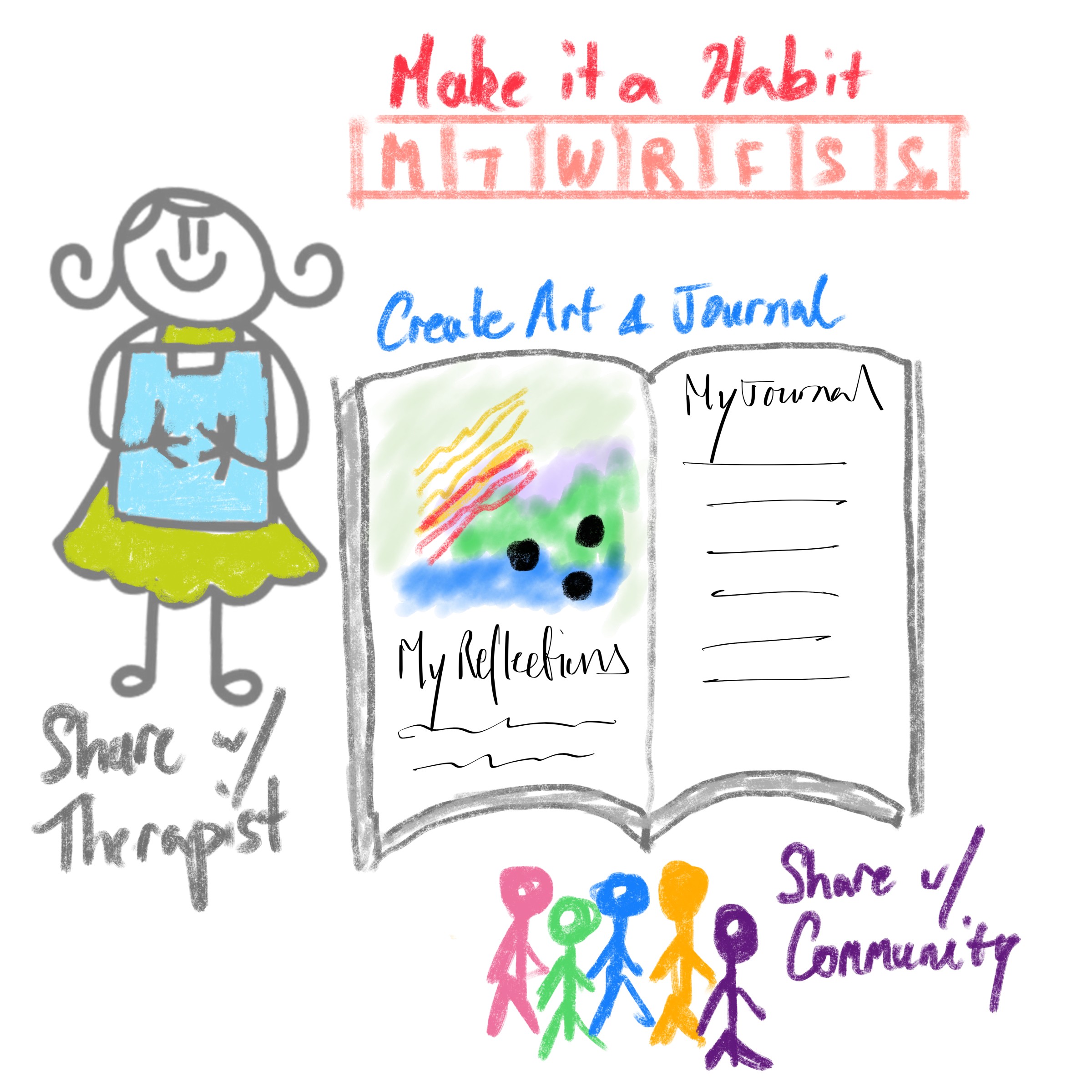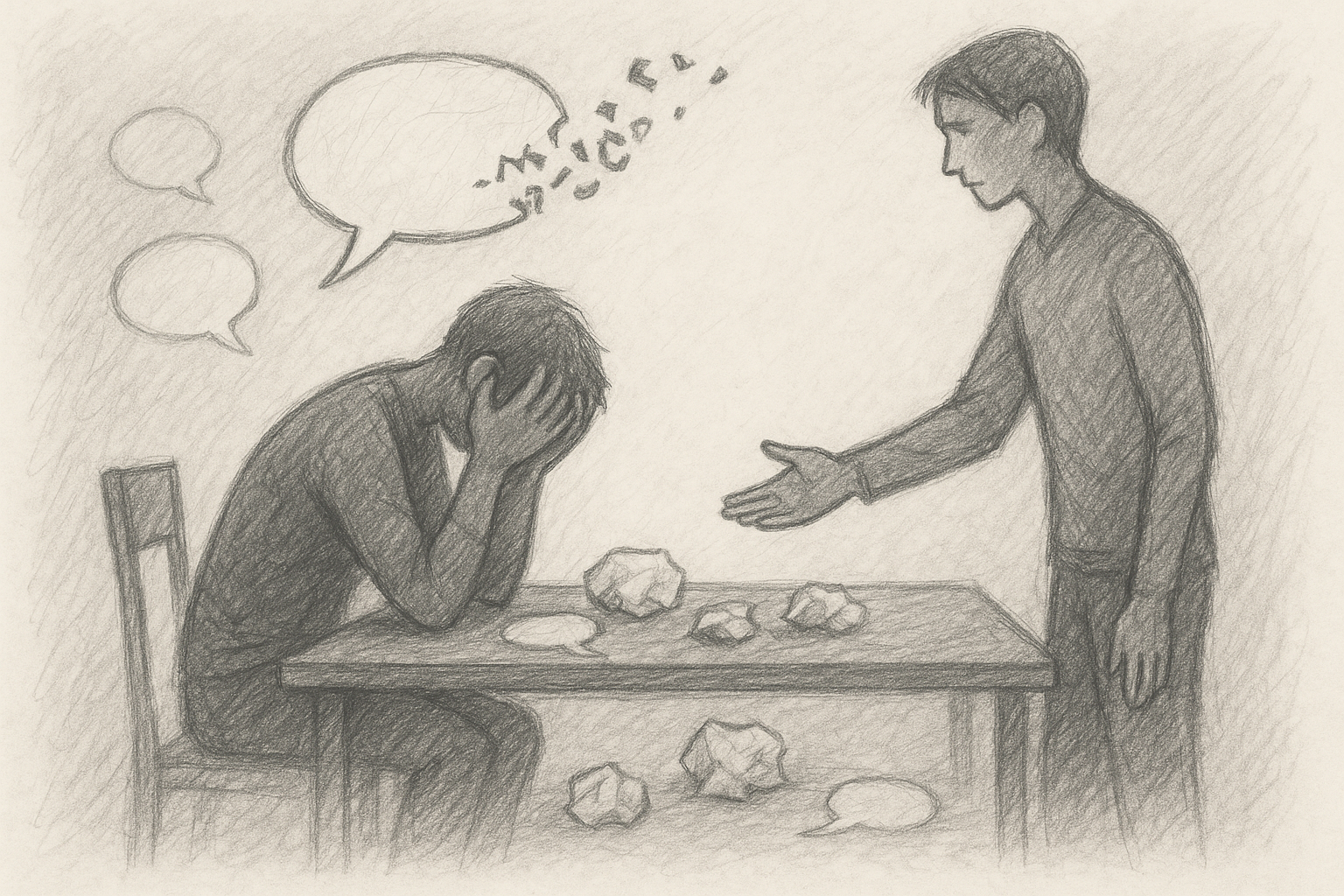
Art therapy, a creative and expressive approach to healing, offers a powerful way to process emotions, reduce stress, and improve mental well-being. Whether you’re an experienced artist or someone who has never picked up a paintbrush, incorporating art therapy into your routine can profoundly enhance your emotional health. However, like any therapeutic practice, the process takes time, persistence, and a commitment to small, consistent steps. Let’s explore how to integrate art therapy into your daily life, its benefits, and how it can create profound change over time.
The Power of Persistence and Time in Therapy
One of the most important truths about therapy—whether it’s art therapy, talk therapy, or any other approach—is that healing doesn’t happen overnight. Deep emotional growth, trauma processing, and mental well-being require time, patience, and persistence.
Why does therapy take time?
1. Rewiring Patterns: Our emotional responses, thought patterns, and coping mechanisms are often deeply ingrained. It takes consistent effort to rewire these patterns and create healthier habits.
2. Gradual Emotional Unpacking: Therapy often involves peeling back layers of emotions and memories. Each session builds on the last, allowing for deeper exploration and healing over time.
3. Building Resilience: Just as physical exercise strengthens muscles gradually, therapy strengthens emotional resilience through consistent practice and effort.
This is where the concept of atomic habits becomes crucial. Atomic habits are small, incremental changes that, when practiced consistently, lead to profound and lasting transformation. The same principle applies to art therapy: integrating even small creative practices into your daily life can create ripple effects that improve your mental health and emotional well-being.
The Benefits of Regular Art Therapy
Engaging in art therapy consistently, even for short periods, can create a foundation for long-term healing. Here’s why it’s so effective:
1. Emotional Release and Expression:
– Art therapy provides a safe outlet to process and express emotions that may be difficult to verbalize. Over time, this consistent emotional release can help reduce mental clutter and foster clarity.
2. Stress Reduction:
– Regular creative activity helps lower cortisol levels (the body’s stress hormone), promoting relaxation and balance. Even a few minutes of drawing or coloring daily can significantly impact stress levels.
3. Building Emotional Awareness:
– As you engage in art therapy over time, you’ll become more attuned to your emotions and how they influence your thoughts and behaviors.
4. Creating a Mindfulness Habit:
– Art therapy naturally fosters mindfulness by focusing your attention on the present moment. This consistent practice can help retrain your brain to stay grounded and calm.
Atomic Habits and Art Therapy: Small Steps, Big Changes
The concept of atomic habits, introduced by James Clear in his book Atomic Habits, emphasizes that small, consistent actions compound over time to create profound change. The same principle applies to integrating art therapy into your life. Here’s how you can use atomic habits to build an art therapy routine:
1. Start Small: Begin with just 5–10 minutes of art therapy or journaling a day. For example: project your emotions by drawing or write a sentence or two in your gratitude journal each day. The key is to make it so simple that it feels effortless to begin.
2. Make It a Habit: Anchor your art therapy practice to an existing habit. For example: do your art work or journaling while having your morning coffee.
3. Focus on Consistency, Not Perfection: Don’t worry about the quality of your art; focus on the process. The act of creating is what matters, not the finished product.
4. Celebrate Small Wins: Acknowledge your progress, no matter how small. Completing a simple piece of art or showing up for your daily practice is a powerful achievement.
Over time, these small, consistent actions will compound, leading to significant emotional and mental transformations.
Combining Art Therapy With Other Therapeutic Approaches
Art therapy is even more effective when paired with other therapeutic methods. Here’s how you can combine it with additional practices:
1. Journaling: Use art therapy as a complement to journaling. For instance: Create a visual representation of your emotions before writing about them. Sketch an image that reflects a memory or thought you’re processing in your journal.
2. Cognitive Behavioral Therapy (CBT): Art therapy can visually reinforce CBT techniques. Draw visual reminders of coping strategies or positive affirmations. Create art to explore and challenge negative thought patterns.
3. Mindfulness Exercises: Combine art therapy with mindfulness practices by focusing on the textures, colors, and sensations involved in creating art. This promotes relaxation and grounding.
Sharing Art Therapy Experiences With the Community
Healing is often amplified when shared with others. Integrating a sense of community into your art therapy practice can enhance its benefits in the following ways:
1. Building Connection: Sharing your art with others fosters a sense of belonging and reduces feelings of isolation.
2. Receiving Support and Feedback: Engaging with a supportive community can encourage you to stay committed to your art therapy routine and offer valuable perspectives on your emotional journey.
3. Collaborative Growth: Sharing art therapy exercises in a community can inspire creativity and provide opportunities for collaborative healing.
Conclusion: The Journey Is the Destination
Integrating art therapy into your daily life is a journey that requires persistence and patience. Healing and growth take time, but by committing to small, consistent actions, you can create profound change. Start with simple habits—just a few minutes of creative expression each day—and gradually build a routine that feels sustainable and fulfilling.
Remember, the process of growth is not linear, and progress will come in small steps. By combining art therapy with other approaches like journaling or CBT, and sharing your experiences with a community, you can unlock even greater benefits. Over time, this creative practice will not only nurture your mental and emotional well-being but also help you develop resilience, self-awareness, and a deeper connection to yourself and others.



Leave a Reply